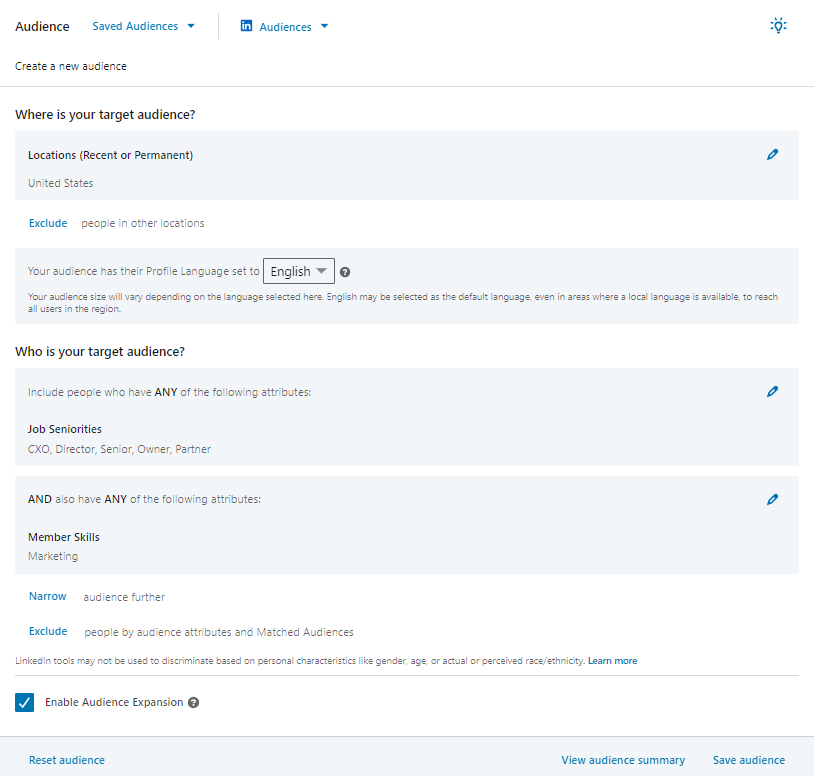Advertisers doing their research online can come across an abundance of social media marketing myths that often masquerade as legitimate advice. In this article, we will be exploring popular social media marketing misconceptions, replacing conjectures with concrete insights. Separate fact from fiction and uncover the reality behind successful social media marketing practices.
Revealing the Facts: Debunking Social Media Marketing Myths
Entering the world of social media marketing can feel like riding a rollercoaster through a maze. With numerous marketing platforms vying for attention, we find ourselves awash in articles offering conflicting advice.
This article is your guide to unveiling the truth behind social media marketing myths that have taken over the world of digital advertising. Furthermore, prepare to step into a realm of clarity and revelation. Welcome, and allow us to demystify the journey ahead.
What Are Some Common Myths About Social Media Marketing?
These popular social media marketing myths have garnered significant attention, leading some to adopt these falsehoods as catalysts for their online strategies. It’s time to dive into the truths concealed behind these
Social Media Marketing Myth 1: Success is measured by follower count.
Follower count, often considered a vanity metric, may seem appealing. Although a sizable following can be an advantage, engagement metrics such as likes, comments, and shares offer more meaningful insights into success. The real value lies in genuine engagement and the quality of your followers. Your marketing strategy shouldn’t hinge solely on accumulating followers.
HubSpot’s 2023 research sheds light on the key metrics that occupy the attention of social media marketers, spanning to both organic and paid campaigns. Interestingly, the conventional measure of follower count has taken a backseat, as marketers focus on more important metrics including traffic, impressions, lead generation, and engagement.

Social Media Marketing Myth 2: Sign up on all social media platforms.
The notion that you must instantly establish a presence on every social media network is one of the common social media misconceptions. Instead, direct your focus towards platforms where your target audience actively engages in. Avoid spending time and resources attempting to be omnipresent.
For instance, Instagram might be the ideal choice for those who value aesthetic branding to captivate potential customers. Instagram Reels have made its mark and even the smallest accounts achieve up to 39.46% reach.
On the other hand, if you aspire to establish authority in a specific domain and expand your network, LinkedIn provides the platform where industry professionals receive pertinent updates.
Social Media Marketing Myth 3: You cannot measure social media marketing efforts.
Contrary to popular belief, social media marketing is highly measurable, but it requires tangible actions that can be quantified. Employ methods like tracking URLs, assessing your purchase funnel, and maintaining unified customer databases. These collectively address the fundamental question of whether your endeavors yield profitability.
Various social media platforms offer measurement tools tailored to track followers, engagement, and more. Facebook has the Meta Business Suite, TikTok offers Creator Tools and Analytics, and other platforms have their own counterparts, each serving unique analytical purposes.
Curious about how the Meta Business Suite works? Simply scan the QR code to download the app on your mobile device.
With the Meta Business Suite, you can track engagement insights, see how your posts are doing, and take a peek into your audience demographics. From Facebook to Instagram, Meta equips you with this tool to seamlessly engage with your customers across all apps.

Incorporating advanced technology, Campaign Lab is Strike Social’s proprietary tool that allows our media buyers to monitor ads across diverse platforms. Empowered by machine learning and historical data, Campaign Lab utilizes hyper-granular targeting, ensuring precise audience reach while optimizing campaigns around the clock.
Social Media Marketing Myth 4: Content marketing and social media exist as separate endeavors.
The truth is that content and social media should operate closely together. Research by Semrush reveals that sharing content via social media reigns as the most popular organic promotion channel, followed closely by optimizing content for search engines. Merging these two strategies creates an unstoppable force. As you know, your email call-to-action (CTA) can significantly impact your sales. For cold emails, reply rates typically range from 15-25%. Therefore, the content in your emails is just as critical as your ad copies and blog articles.
Extend the reach of your content by repurposing it for your social platforms. Capitalize on the power of social media to promote your latest blog posts, articles, or email content. By steering traffic to your website, you guide visitors to explore various facets of your business that align with their interests.
Social Media Marketing Myth 5: It’s fine to not give credit.
Whether it’s an image or a featured post, ensure credit is given when due.

Offering proper credit reflects your brand’s integrity and values. It’s not only a respectful gesture, but can also help avoid potential controversies that could impact your brand. These small oversights can affect your business, particularly when uncredited content is used in ads.
Social Media Marketing Myth 6: Negative feedback is harmless.
Negative feedback, when left unattended, can leave an impression of indifference on observing customers. These comments present opportunities for productive conversations and a chance to highlight your brand’s responsiveness. By addressing concerns transparently and professionally, you emphasize your commitment to customer satisfaction, potentially transforming critics into advocates.
Instead of overlooking them, engage with every comment—whether it’s praise or criticism—and do so swiftly. Quick responses showcase your brand as attentive and caring, which is essential for building trust.

Source: Starbucks Coffee Instagram page
Social Media Marketing Myth 7: Newer platforms should be dismissed.
Some of today’s most influential social media giants, like TikTok, was once a newcomer. In 2020, it emerged as a simple content-sharing app, primarily focusing on dancing, trends, and similar content. Today, TikTok stands among the top five social media platforms, poised to generate ad revenues of $13.79 billion by 2026.
Engaging with newer platforms doesn’t mean immediate dominance, but it does mean positioning your brand for future success. Investing time and resources into understanding the unique features of these platforms can yield substantial returns in the long run.
Social Media Marketing Myth 8: You must spend big on social media ads.
While social media ads indeed offer a valuable means to connect with your target audience, they aren’t the exclusive route to effective marketing.
This is one of the common social media mistakes where businesses spend lavishly on ads without understanding the specifics. Get familiar with ad management tools that can help you assess campaign costs and optimize for the best ads.
The synergy between organic and sponsored content also fuels your brand engagement. A prime example is TikTok Pulse, a powerhouse for advertisers seeking broader reach and enhanced engagement. By connecting ads with high-performing organic content, brands tap into the popular content that resonates with their audience. This balanced approach taps into both strategies to enhance your visibility on these platforms.
Social Media Marketing Myth 9: Social media marketing is exclusively for B2C enterprises.
SMM transcends business size and industry, contrary to this popular social media marketing myth. It’s an effective tool for B2C and B2B entities alike, fostering audience connection, relationship building, and business expansion.
By disseminating actionable and educational content, B2B brands position themselves as authoritative thought leaders. This, in turn, cultivates trust and credibility within their specific sectors.
LinkedIn, for example, caters to both consumer-facing and B2B businesses, offering avenues to create company pages, share updates, and engage with consumers. Moreover, LinkedIn’s paid advertising options allow B2B companies to target specific audiences based on professional backgrounds and job titles.

Social Media Marketing Myth 10: One person can manage all aspects of social media.
Digital marketing is a collaborative endeavor. Relying solely on one Social Media Manager can be limiting. While one person may hold primary accountability for social media management, the responsibility of ideation and feedback extends to the entire team. From marketers and designers to salespeople and project managers, each person’s insights are valuable.
Incorporating a digital advertising team can further enhance your efforts. These specialists can automate media planning and ads management, adding efficiency and expertise to your campaigns.
Break Free From These Fallacies And Craft Fact-Based Social Media Strategies
Our mission was clear: debunking common social media marketing myths that can mislead marketers. With each myth unraveled, we’ve revealed actionable insights that pave the way for triumph. As we wrap up, remember: myths may persist, but knowledge prevails. Armed with these truths, you can confidently step into a domain of effective strategies, where clarity guides you toward accomplishment.
Hungry for more insights on social media marketing? Subscribe now for regular updates and stay at the forefront of digital advertising trends.
Expand your expertise. Browse Strike Social’s latest blogs here:
- Why Working With a Pharmaceutical Marketing Agency Is Essential for Compliance

- Christmas Advertising Costs 2025: Holiday Budgeting Benchmarks

- How to Run Compliant Pharmaceutical Ads on YouTube

- Thanksgiving Advertising Cost Trends 2025: Social Media Ad Costs and Insights

- 5 Ways to Prepare Your Paid Social Campaigns for the Holiday Season

- Boost Halloween Social Media Posts with Creative Influencer Campaign Ideas















